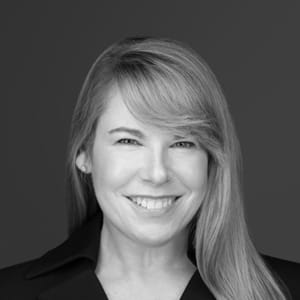Staff Spotlight: Brooke Grindlinger, PhD
This series provides an opportunity to get up close and personal with the people who power The New York Academy of Sciences.
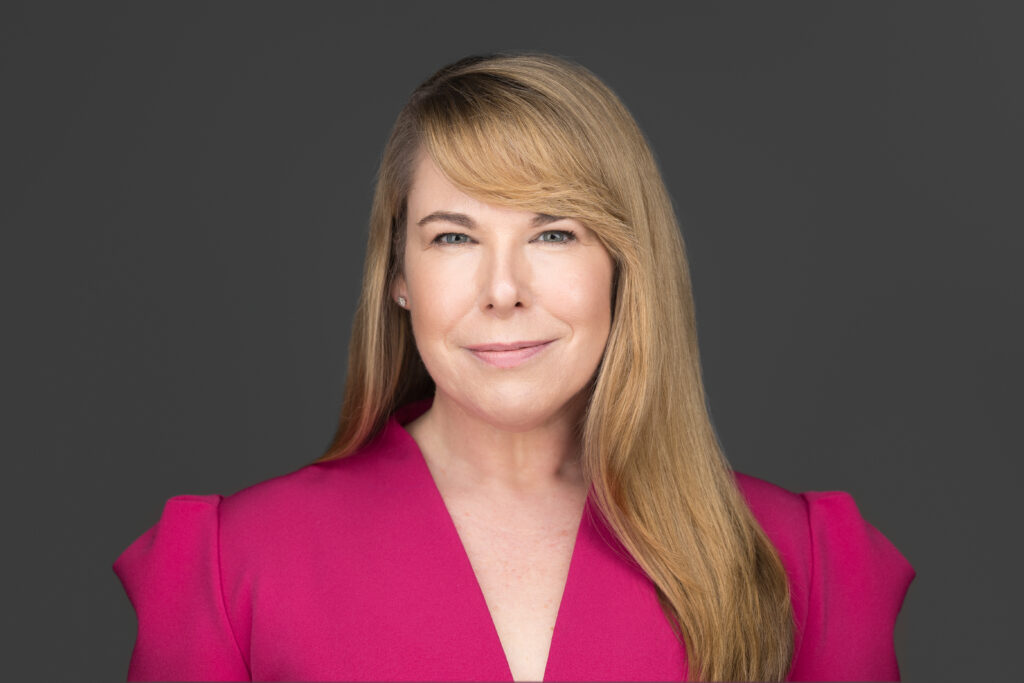
Tell us what you do for the Academy.
As the Chief Scientific Officer at The New York Academy of Sciences, I lead the scientific development and growth of a diverse range of scientific programs, courses, and initiatives that support scientists-in-training, STEM professionals, as well as engage and educate science enthusiasts. By fostering collaborations among academia, industry, and government I help to drive advances in science and innovation for the betterment of society.
I also champion women in STEM, host thought-provoking conversations with scientific changemakers, and share my expertise through public speaking and writing to emphasize the pivotal role of science in shaping a brighter future for all.
What has — so far — been your proudest accomplishment working for the Academy?
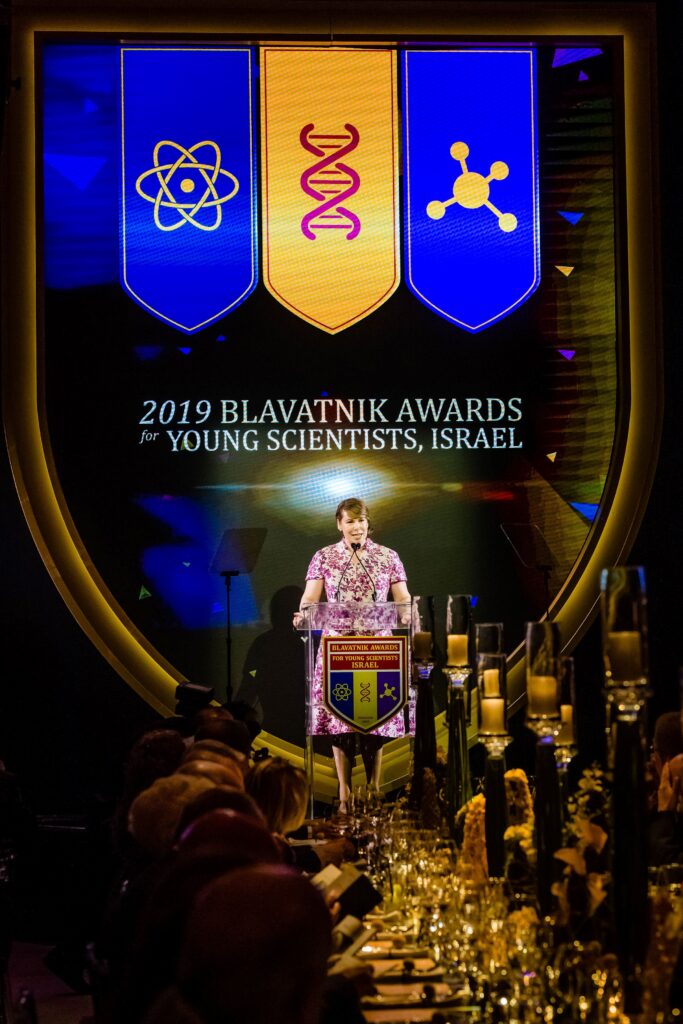
Undoubtedly, collaborating with billionaire philanthropist and industrialist Sir Leonard Blavatnik to launch the Blavatnik Awards for Young Scientists program in the United Kingdom and Israel, offering the largest unrestricted prizes for early-career scientists. This program supports pioneering young scientists doing research in areas such as climate change mitigation, pandemic preparedness, sustainable farming, renewable energy storage, mental health treatments, cybersecurity, and water purification.
It has been incredibly rewarding to help scientists at that critical — and often vulnerable — juncture in their career when they are transitioning from trainee to lead investigator. It’s a time when recognition and funding can have perhaps the greatest impact. I often have the privilege of calling the award recipients to surprise them with the news that they have won. It’s a great day at the office when someone bursts into joyful tears in response to your phone call. Helping others succeed is one of the best ways to leave your mark on the world.
There are also quiet moments, one-on-one with someone, that have made me proud of the work I do. I love to host engaging conversations with dynamite scientists about their latest discoveries, and in doing so hope to elicit in audiences the same awe and wonder that I feel about the science of the world around us. A high school-aged girl approached me during a coffee break at a public scientific symposium that I hosted in London in 2022. She grabbed my elbow and said, “You are so inspirational.” I see every second of my work as an opportunity to be a mentor and role model for aspiring young women who harbor dreams of becoming scientists.
Tell us about your STEM journey. How did you first become interested in science? How did you get to where you are today?
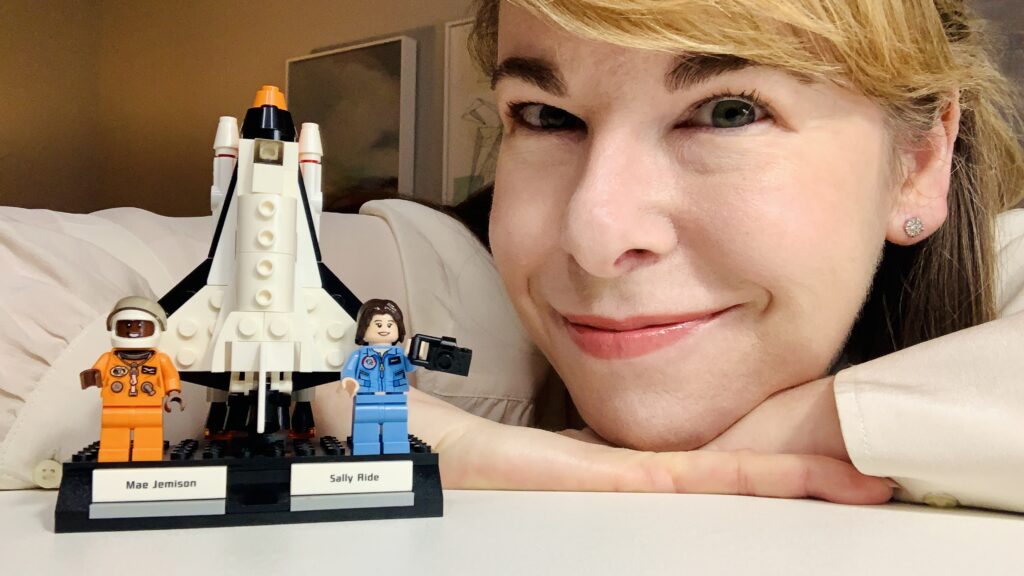
As an undergraduate student at university, I attended a lecture that had a reputation for turning stomachs, so much so that students were advised not to eat breakfast beforehand. Students were not required to take notes, just to watch and listen. What followed was a graphic slide show showing how infectious diseases can ravage the human body.
I left the lecture hall wondering: with all the organisms around us, on us, and inside us, how is it that we wake up essentially “healthy” every day? I was immediately hooked on the field of microbiology. As a graduate student in my native Australia, I studied the organism that causes tuberculosis, to develop a more effective vaccine against this now highly antibiotic-resistant infectious lung disease.
During college and graduate school, there were no female lecturers or women leading research labs in my field. This absence of female role models, mentors, and sponsors in scientific research made it challenging for me to envision a future for myself in the field. Back then, the typical paths for postgraduate research scientists were either securing a tenure-track faculty position at a university, combining research and teaching, or transitioning into the pharmaceutical or medical device industry.
Looking back, I didn’t have the inside scoop on alternative career options for PhD scientists beyond the lab. If I didn’t pursue a traditional academic career path I worried: Would I still be “a real scientist”? Unlike most early-career scientists, I found more satisfaction in writing my research thesis than in conducting bench research. Crafting the narrative, exploring the known and unknown, and revealing how my work contributed to a larger puzzle were my true passions. That was my signal that science communications might be my alternative career path.
I relocated from Australia to New York City in 2001 and joined the Editorial Board of The Journal of Clinical Investigation, a prestigious medical journal. As Science Editor, my responsibility was to identify, evaluate and solicit groundbreaking research from universities for publication. I had to swiftly shift from a niche science expert to a generalist, evaluating the work of fellow scientists and swiftly grasping cutting-edge research and treatments for many different human diseases. It was a remarkable chance to expand my biomedicine expertise, cultivate a global network of expert scientists, build my insider knowledge, and contribute to steering the direction of scientific research in the community, at scale.
As a medical journal editor, I frequented The New York Academy of Sciences, regularly participating in its scientific and medical conferences. I swiftly recognized the transferability of my technical and communication skills to the organization’s mission: bringing together top scientific minds to exchange new information and collaborate on science-based solutions for society’s pressing challenges.
Over a decade ago, I joined the Academy’s staff as the Director of the Life Sciences conference portfolio. Transitioning to the nonprofit sector marked another significant career pivot, my first foray into nonprofit business administration, a world apart from my expertise as a microbiologist. In addition to staying current with science and curating cutting-edge programming, my role expanded to include budget management for a standalone business unit, securing program sponsors and donors, negotiating partnerships and contracts, building and mentoring a team of former academic scientists (including many women), and serving as a spokesperson on various platforms to raise awareness of the Academy’s work.
This unique skill set combined science with business management; a path rarely envisioned at the start of a scientific career. Today, as CSO, on any given day my role might involve advocating for science-based policy changes at the United Nations, meeting with university or company leaders for collaborations, creating social media content celebrating women scientists during Women’s History Month, coaching young scientists on communication skills, or selecting deserving researchers for funding to support their ambitious scientific endeavors.
My scientific career represents a journey along the road less traveled — a shift not just from the traditional path of lab scientist to steering influential, mission-driven scientific initiatives, but also a response to the glaring absence of women role models in STEM, a desire to transition from deep expertise in a niche area to a comprehensive understanding of all facets of science and tech, and the need for trusted voices to challenge scientific misinformation. Once a singular force driving discovery in a niche domain, today as a C-suite leader of a nonprofit, I can empower countless scientists, shaping the collective future of science itself.
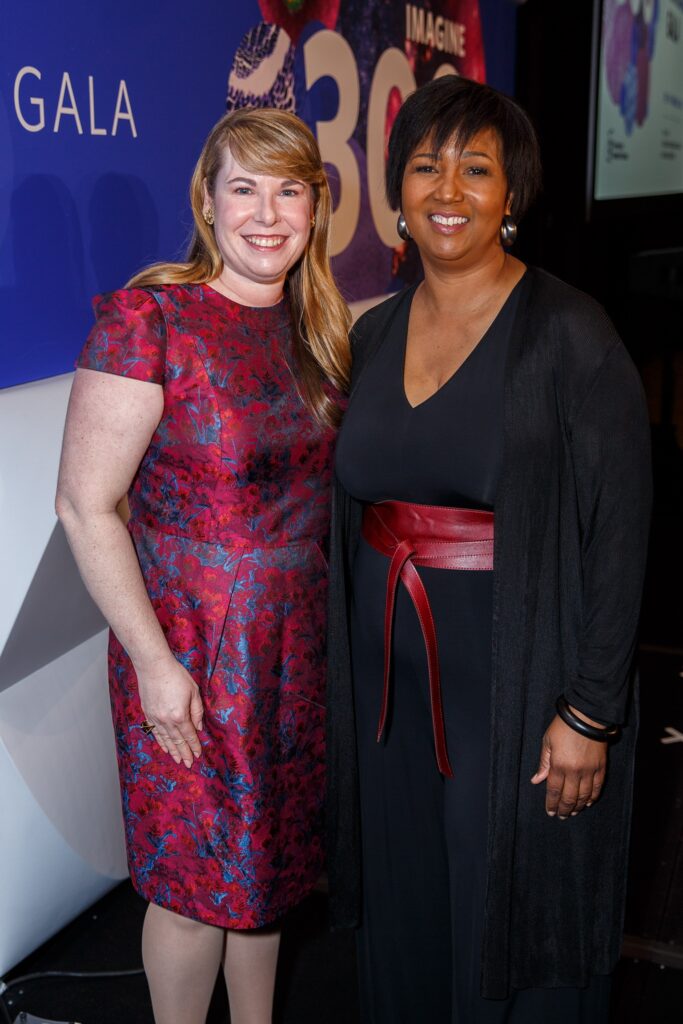
Why, in general, are you proud to work for the Academy?
The Academy has brought together the leading minds in science to solve global challenges for over 200 hundred years. It’s a true privilege – for this moment in time – to serve as one of the stewards of scientific discovery, dialogue, and dissemination during the Academy’s history.
Why do you think science is so important to society?
Science nurtures our innate curiosity and is the primary tool for understanding the world around us. It transcends borders and cultures and leads to new discoveries and technological advances that improve our quality of life, from medicine to transportation.
Investment in science has led to economic growth and countless inventions that have evolved into products that today we’d all find hard to live without: from camera phones and the computer mouse to water purifiers and wireless headsets, from dust busters to memory foam mattresses. Science is also crucial for addressing environmental challenges like climate change and provides the data and analysis necessary for informed policymaking. The scientific discoveries made today will shape how our world looks over the coming century.
Which scientist (or scientists) would you most like to have dinner with and why?
Here’s who I’d love to have around my dinner table:
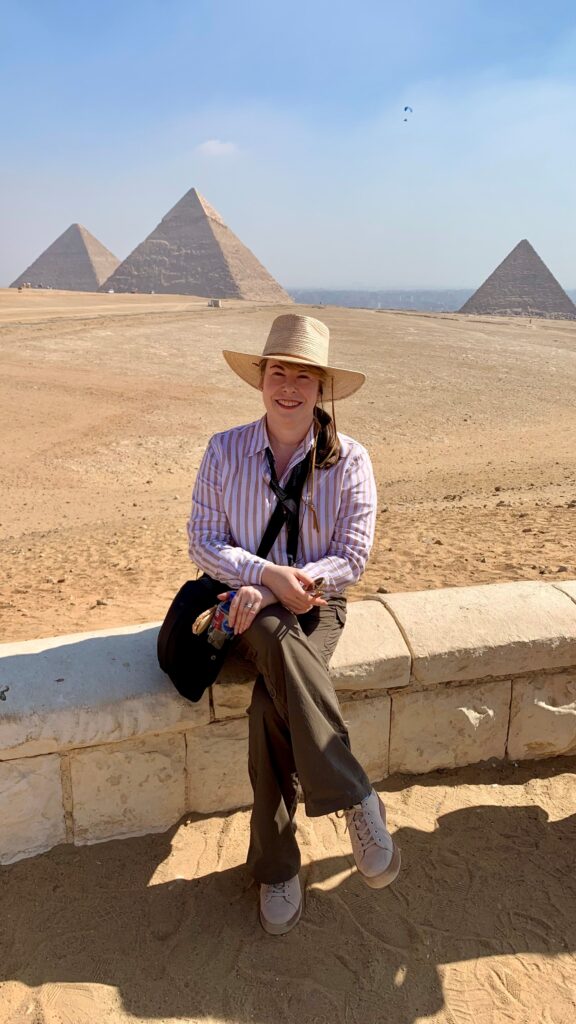
One, the legendary naturalist and broadcaster Sir David Attenborough. His lifelong dedication to wildlife conservation and environmental advocacy has ignited global awareness and action for the planet’s well-being. And let’s not forget that voice!
Two, astronaut, physician, and engineer Mae Jemison who made history by becoming the first African American woman to travel in space. She was a mission specialist on the Space Shuttle Endeavor launched in 1992. I met her at an Academy event in 2017 and had to try very hard not to cry with joy in what was a very special moment meeting an inspirational woman in STEM.
Three, primatologist Jane Goodall for her depth of understanding of chimpanzees and their behavior, and for promoting animal welfare and conservation.
Then, let’s throw in fictional intrepid archeologist Indiana Jones and the always rational, skeptical, and analytical FBI Special Agent Dana Scully from the X-Files. Add me as host, and my dinner table for six is complete!
What hobbies or interests do you have outside of work?
Travel, travel, travel — for the thrill of discovering new cultures, savoring exotic cuisines, forming connections with people from around the world, and marveling at the beauty and diversity of our planet. I just returned from exploring Egypt. The legacy of Egyptian engineering, seen in the precision of their architectural marvels, serves as a timeless testament to human creativity, innovation and determination.
Warning: Undefined variable $showit in /var/www/nyas_develop/nyas/public/wp-content/themes/nyas-theme-child/includes/shortcodes.php on line 1802
